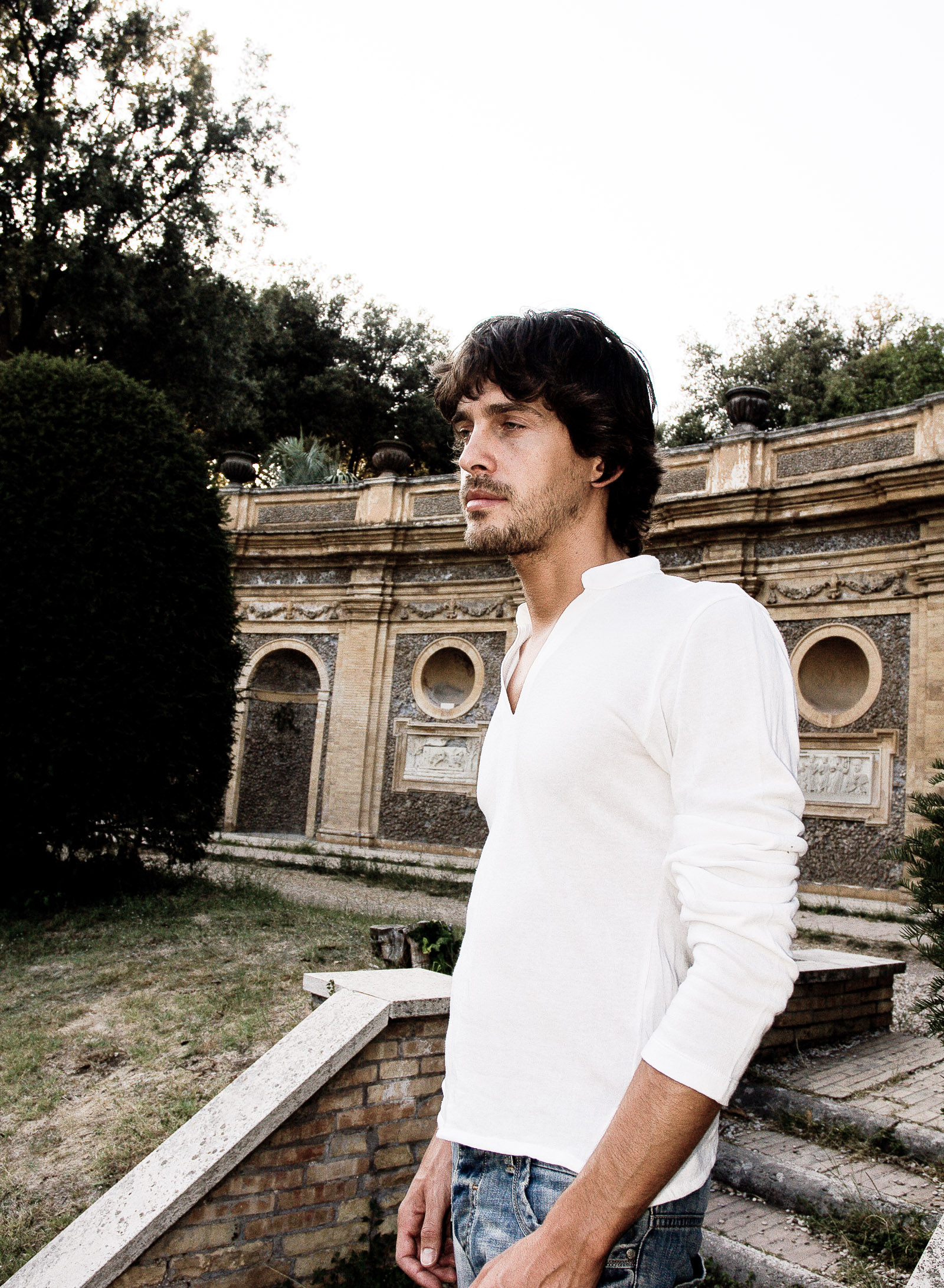Interview
Antonino Cardillo, with Teresa Morales-García
Kind (very) and intelligent (almost more than kind), the young Italian architect Antonino Cardillo (35) captivates with his mere presence. We meet in a small venue in the centre of Rome. He is handsome, yes, but above all, he conveys a special delicacy when he speaks about architecture, art, and life. “I believe there can be no personal identity without differences”. With statements like these, the awardee of the prestigious Wallpaper* as one of the 30 best architects in the world has been crafting his professional path for years on a pentagram of captivating ethical values. “Architecture should bring people together”. How? “The challenge is to synthesise the cultural differences of our world. This is something that has already happened in the musical field”.
Antonino’s designs are spacious, luminous, full of harmony and modelled under the seal of aesthetic impeccability, although he, despite his eagerness to create responsible and supportive architecture, is firm about limitations. “Unfortunately, I do not believe that beauty alone can improve society. In fact, history has taught us that it is very unlikely. The Nazis also listened to Chopin, but the music did not make them better”. Frank and authentic with his proposals and his way of elaborating them, Cardillo aspires to coherence. “There are those who speak of the ethics of architecture, and often it is a fallacy. In Italy, there are professionals who have a very nice ethical discourse, and yet their factories and workshops operate with almost enslaved personnel who work weekends without extra pay”, he affirms.
When Cardillo draws parallel, perpendicular, and oblique lines, he transforms into a poet of light. “Light is to architecture what sound is to music. The building itself is an instrument that enhances the play of light”. A creator of forms? “No, I am more of a composer of lights”.
He has recently completed a commission for a house in Hyogo Prefecture, Japan. His latest project in Italy is fashion-related: the new Milan store of the Italian brand Sergio Rossi. For this work, the architect drew inspiration both from cinematic sequences of films, especially those by David Lynch, and from the forms of some medieval churches. Last year, the so-called Moon House on the outskirts of Melbourne earned him international recognition in several prestigious magazines. To this accolade, other recent and acclaimed designs have been added: Twelve House, Max House on the shores of a lake in Nimes, and the surprising House of Convexities near Barcelona. That house was commissioned by a musician. The idea stems from the dynamism, rhythm, and sequence of flamenco dancing, which, as Cardillo defined at the time, “explores different possibilities of movement with rhythmic variations that generate a sensual trajectory”. Sensations and music, two constant sources of inspiration. “I am passionate about music and use it extensively as a resource in my projects, just like cinema. Both share the theme of sequences. I believe they are more akin to architecture than painting and sculpture. Moreover, they are artistic disciplines closer to the complexity of real life. Undoubtedly, they are the true art of our times”.
Avant-garde and future for this Pink Floyd enthusiast, who, however, adheres to the classical to describe some of his works. “I would define the Sergio Rossi store with the second movement of Chopin’s Nocturne in E-flat major, Op. 55”, he declares. As for the masters, Antonino does not mince his words. When asked about Foster, Zaha Hadid, Herzog & de Meuron, for instance, he responds: “Soane, Le Corbusier, Kahn, Michelangelo, Neumann, Schinkel, Borromini, Mies, Bernini, Moretti, Lautner, Libera, Chernikov and Wright. These are my masters because they were artists, not companies. I prefer architects of the past. The current ones, with few exceptions, are just business and marketing”.
Antonino does not believe in trends, nor that his current international recognition could change his life. “I still live in a small apartment and travel around Rome on a scooter. Freedom does not come from enjoying a life of luxury, but from being the master of your own time”. A significant statement from a young man who shuns trends and asserts that the more one studies history, the more one avoids designing what already exists. “It’s curious, but the more you study, the freer and more powerful the imagination becomes”. We must keep an eye on him, as his creativity promises to build new architectural poems that are absolutely fascinating for the eyes and, above all, for the soul.

Antonino Cardillo at the Villa Doria Pamphilj, Rome, 2009. Photography: Simone Greggi